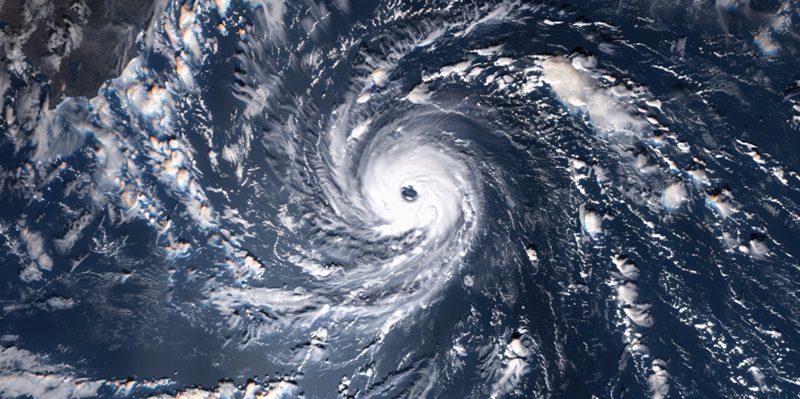In recent years, advancements in artificial intelligence have made significant strides in a variety of fields, from healthcare to finance, and now even meteorological sciences are reaping the benefits. One of the most promising developments is in the realm of typhoon prediction, an area of study that has historically been fraught with challenges. Led by Professor Jungho Im from the Department of Civil, Urban, Earth, and Environmental Engineering at UNIST, a groundbreaking team of researchers is spearheading this transformation. They have introduced a new forecasting model known as Hybrid-Convolutional Neural Networks (Hybrid-CNN), which promises to revolutionize the way we predict and prepare for tropical cyclones (TC).
Hybrid-CNN integrates real-time data obtained from geostationary weather satellites with the deep learning capabilities of artificial intelligence. This combination offers an unprecedented upgrade over conventional forecasting methods, which often require extensive manual data analysis. The new model excels in its accuracy for 24, 48, and 72-hour lead times for predicting the intensity of tropical cyclones. Unlike traditional methods that are prone to uncertainties, the Hybrid-CNN model leverages AI to reduce these uncertainties significantly and enhance the precision of typhoon forecasts. The result is a more reliable method to anticipate the intensity and trajectory of approaching storms, enabling more timely and effective disaster preparedness measures.
AI-Powered Meteorology: A New Era
The significance and potential of AI-powered systems in meteorological forecasting cannot be overstated. This shift towards leveraging artificial intelligence allows for more immediate and accurate predictions, which can ultimately have a significant impact on disaster preparedness and management. To improve the Hybrid-CNN model’s performance, researchers have employed transfer learning, utilizing data gathered from the Communication, Ocean, and Meteorological Satellite (COMS) and the GEO-KOMPSAT-2A (GK2A). This data feeds into the AI system, providing a rich dataset that enhances the model’s predictive capabilities.
One of the most compelling aspects of Hybrid-CNN is how it automates the intensity estimation process. It not only visualizes this data but also quantifies it, providing a streamlined workflow for forecasters. This automation essentially means less human intervention is required, thus minimizing the chances of error and enhancing the speed of the forecasting process. The technology has the potential to offer a significant reduction in the lag time between data acquisition and actionable insights. For regions prone to typhoons, this can mean the difference between disaster and effective management.
Transforming Disaster Preparedness
In recent years, advancements in artificial intelligence have significantly impacted various fields, including healthcare, finance, and now meteorological sciences. One of the most promising breakthroughs is in typhoon prediction, a challenging area of study. Spearheaded by Professor Jungho Im from the Department of Civil, Urban, Earth, and Environmental Engineering at UNIST, a team of researchers is leading this transformative effort. They have developed a groundbreaking forecasting model known as Hybrid-Convolutional Neural Networks (Hybrid-CNN), poised to revolutionize tropical cyclone (TC) prediction and preparedness.
Hybrid-CNN combines real-time data from geostationary weather satellites with the deep learning capabilities of artificial intelligence. This integration offers a significant upgrade over traditional forecasting methods, which often rely on extensive manual data analysis. The new model stands out in its accuracy for 24, 48, and 72-hour lead times when predicting the intensity of tropical cyclones. Unlike conventional methods prone to uncertainties, Hybrid-CNN leverages AI to reduce these uncertainties and enhance the precision of typhoon forecasts. This results in a more reliable method for predicting storm intensity and trajectory, enabling timely and effective disaster preparedness.

